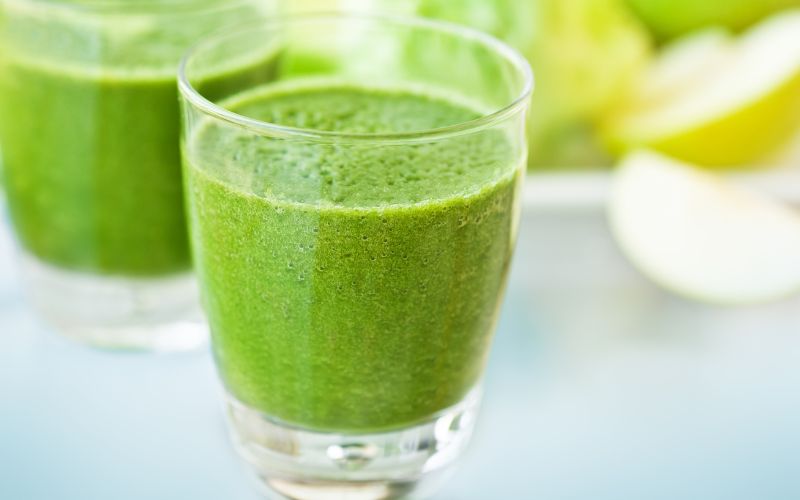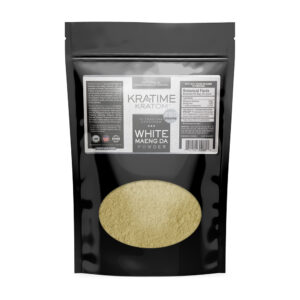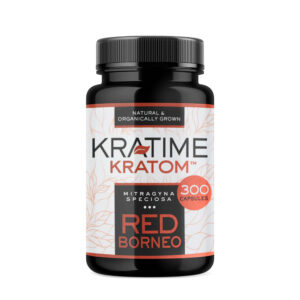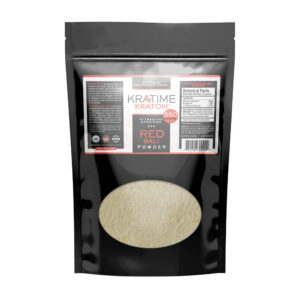Choosing the right pain relief method can be a daunting task. With so many options available, how do you know what’s best for you? Today, we’re diving into the world of Kratom and prescription painkillers to help you make an informed decision. Whether you’re battling chronic pain or recovering from an injury, understanding these options is crucial.
What is Kratom?
Kratom, a tropical tree native to Southeast Asia, has been used for centuries for its medicinal properties. The leaves contain compounds that interact with the body’s receptors, providing pain relief, energy, and even euphoria. Typically, Kratom is available in powder, capsule, or tea form.
Types of Kratom
Red Vein Kratom: Known for its calming effects, this type is often used for pain relief and relaxation.
Green Vein Kratom: A balanced option, offering moderate pain relief and increased energy.
White Vein Kratom: Best for a boost in energy and focus, with mild pain relief properties.
What are Prescription Painkillers?
Prescription painkillers, also known as opioids, are medications prescribed by doctors to treat severe pain. These include drugs like oxycodone, hydrocodone, and morphine. Available in pill, liquid, or patch form, these medications are potent and effective.
How Kratom Works
The active compounds in Kratom, primarily mitragynine and 7-hydroxymitragynine, bind to opioid receptors in the brain, reducing pain perception and providing relief. This mechanism is similar to opioids but often perceived as less intense.
How Prescription Painkillers Work
Prescription painkillers work by binding to the brain’s opioid receptors, blocking pain signals and releasing large amounts of dopamine, which can create feelings of euphoria. This powerful action makes them highly effective for severe pain management.
Comparing Efficacy
When it comes to pain relief, both Kratom and prescription painkillers are effective, but their efficacy can vary. Prescription painkillers generally provide quicker and more potent relief, making them suitable for acute pain. Kratom, on the other hand, offers a more gradual onset and is often used for chronic pain.
Side Effects of Kratom
Like any substance, Kratom has its side effects. Short-term effects include nausea, dizziness, and dry mouth. Long-term use can lead to dependence, digestive issues, and potential liver damage.
Side Effects of Prescription Painkillers
Prescription painkillers come with a host of side effects as well. Short-term use can cause drowsiness, constipation, and nausea. Long-term use significantly increases the risk of addiction, overdose, and severe respiratory issues.
Addiction and Dependence
Kratom has a lower potential for addiction compared to prescription painkillers, but it’s not risk-free. Dependence can develop with regular use. Prescription painkillers, however, are highly addictive, with a well-documented risk of dependence and misuse.
Legal Status
The legality of Kratom varies worldwide. In some countries, it’s banned, while in others, it’s available for purchase. In the U.S., it’s legal in most states but regulated. Prescription painkillers, on the other hand, are legal but require a doctor’s prescription due to their potential for abuse.
Cost Comparison
Kratom is generally more affordable than prescription painkillers. A month’s supply of Kratom can cost significantly less than a similar supply of prescription opioids, which can be expensive, especially without insurance.
User Experiences and Reviews
Many users of Kratom praise its natural pain-relieving properties and minimal side effects. Testimonials often highlight its effectiveness for chronic pain without the high addiction risk. Prescription painkillers, while effective, often come with stories of dependency and challenging withdrawal symptoms.
Pros and Cons of Kratom
Pros:
- Natural origin
- Lower risk of severe side effects
- Affordable
Cons:
- Not as potent for severe pain
- Legal status varies
- Potential for dependence
Pros and Cons of Prescription Painkillers
Pros:
- Highly effective for severe pain
- Quick onset of action
- Regulated dosage and usage
Cons:
- High risk of addiction
- Severe side effects
- Expensive without insurance
Which is Better for Pain Relief?
Choosing between Kratom and prescription painkillers depends on your specific needs and circumstances. For severe, acute pain, prescription painkillers might be the best option due to their potency and quick relief. For chronic pain or those seeking a natural alternative, Kratom could be more suitable.
Conclusion
Both Kratom and prescription painkillers have their place in pain management. Understanding their differences, benefits, and risks can help you make an informed choice. Always consult with a healthcare professional before starting any new pain relief regimen.
FAQs
Is Kratom safer than prescription painkillers?
Kratom is generally considered safer due to its lower addiction risk, but it’s not without potential side effects and dependence issues.
Can you use Kratom and prescription painkillers together?
It’s best to avoid combining them due to potential interactions and increased risk of side effects. Always consult with a healthcare professional.
How long does Kratom take to work compared to prescription painkillers?
Kratom usually takes 30-60 minutes to take effect, while prescription painkillers can work within 15-30 minutes.
Are there any natural alternatives to Kratom and prescription painkillers?
Yes, alternatives like turmeric, CBD oil, and acupuncture can offer pain relief without the risks associated with Kratom and prescription painkillers.
What should you consider before choosing between Kratom and prescription painkillers?
Consider factors like the severity of your pain, potential side effects, cost, and personal health conditions before making a decision.







